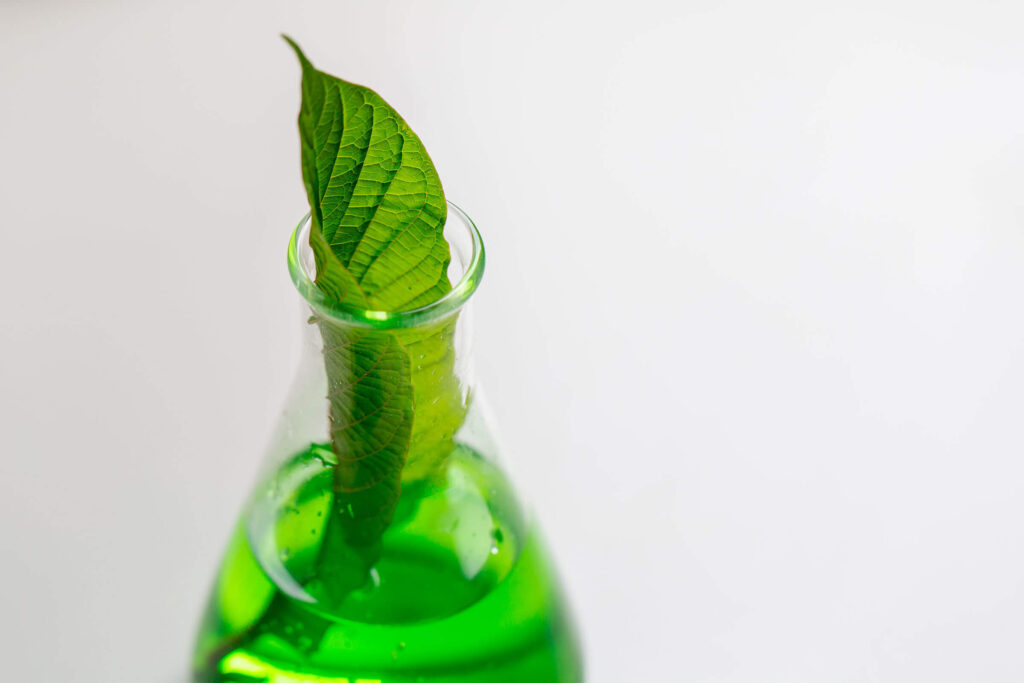The fractionation process developed in FRACTION is optimized for treating lignocellulosic biomasses, and in the project’s research we have used hard wood like white birch and eucalyptus and soft wood (Pinus Sylvestris), sugarcane bagasse, and corrugated cardboard. Research results generated by CSIC show that woodchips made from white birch and pine provide the best functionality for the fractionation process. This raises an interesting question: With the promising results achieved at the current stage of the development process for the fractionation process, could this process once it is scaled up become a future game changer to promote the growing and valorization of lignocellulosic crops?
Crops such as trees, shrubs or grasses could be future plantations in the open land in areas where plants are needed for preventing soil erosion or for improving abandoned land. Think about open landscapes particularly in the South and Central parts of Europe where vast areas are suffering from reduced rainfall and with limited possibilities for irrigation and growing of conventional arable crops. In this perspective, plantations of lignocellulosic crops could turn out to be a future opportunity for income generation by farmers and rural communities. The fractionation process from FRACTION would potentially enable landowners and rural communities to valorize the cuttings and gathered shrubs or dry grasses in an innovative way: submitting wood chips or shredded biomass to the fractionation process to produce green chemical intermediates. Market research from IFAU indicate that the biobased chemicals industry or the textile industry demonstrate a growing interest for green chemical intermediates that could be made into e.g., polymers or chemicals like succinic acid. There is a gap between supply and demand for green chemical intermediates, and the FRACTION process could bridge this gap. With huge industrial sectors (e.g., chemicals, plastics or textiles) on the move towards more biobased and sustainable products the key issue is to establish the connection from the provision of lignocellulosic biomass to the market for biobased green chemical intermediates, which in essence means to find a smart way to anchor the fractionation process in such value chains. It could be speculated that forest owners, companies supplying intermediary chemicals, or maybe even large players in e.g., the plastic industry could invest in a pilot plant to produce green intermediates like furfural or lignin. This is something we will learn more about in the future.
Karen Hamann, IFAU Institute for Food Studies & Agri Industrial Development
